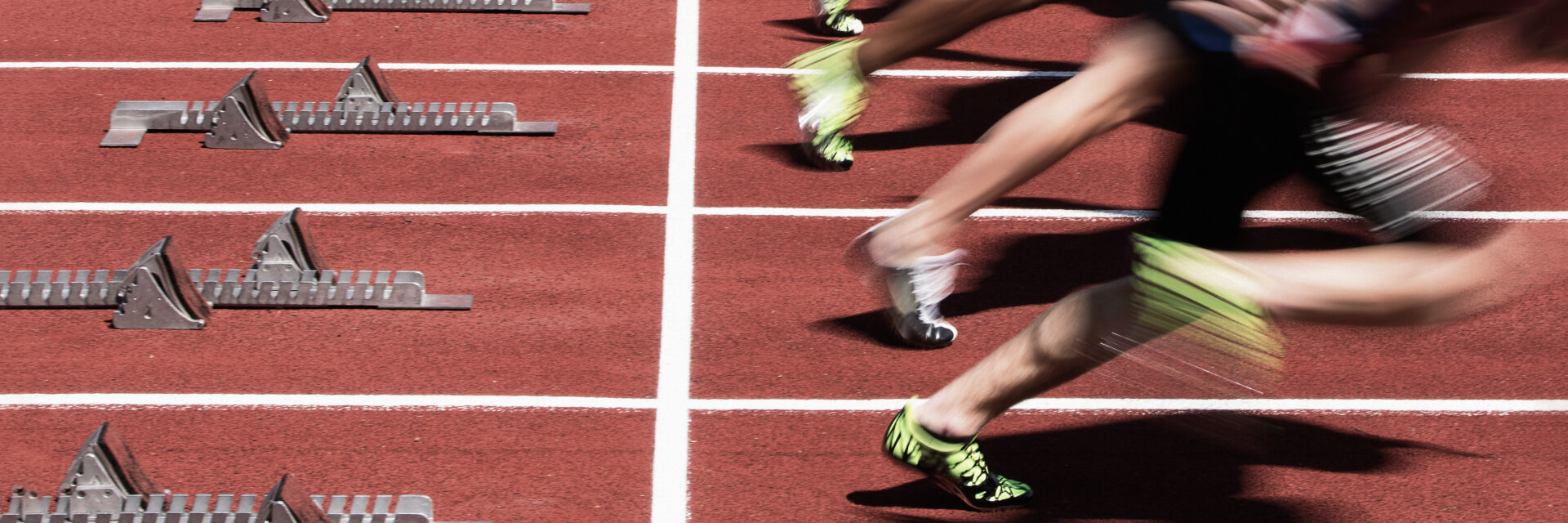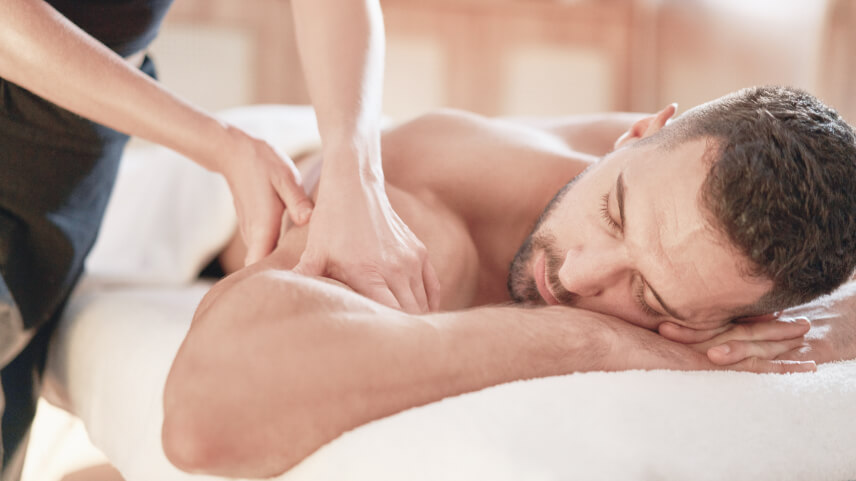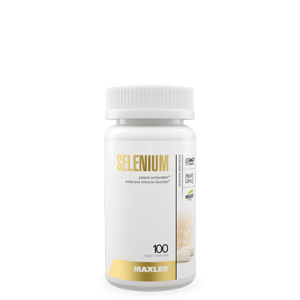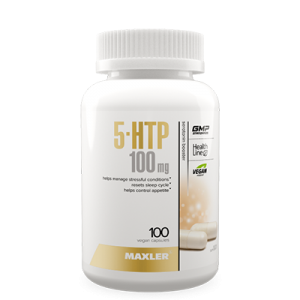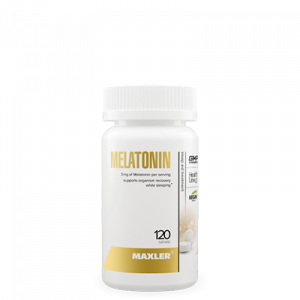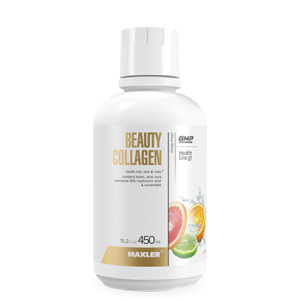When you’re trying to achieve your exercise goals, you need to strike a correct balance between training and recovery. This applies to you whether you’re an elite athlete, a sports aficionado or play for your local team. The reason for that is that inadequate recovery leads to a worsening of our performance and makes injuries more likely1.
What exactly happens to our muscles that requires them to rest? During exercise, the repeated contractions of the muscles can lead to damage, as muscle and connective tissue proteins change in structure. This leads to inflammation, muscle soreness, feelings of tiredness2. We need time to recover and address the damage, otherwise we risk increasing chances of injury and decreasing our ability to generate force3.
A complete recovery occurs when our body has had the chance to address the damage and return to normal4. Any effective recovery strategy starts off with proper nutrition and hydration. Hydration needs to replenish 150% of the water lost, while nutrition needs to include a carbohydrate source to restore glycogen and a protein source to promote musclebuilding5. Alongside nutrition, adequate sleep remains one of the most effective recovery strategies, so it’s worth improving your sleep hygiene6.
There are different recovery techniques that can quicken the recovery process, so we’ve assembled our top three recovery techniques you can try at home!
Remember, that you can give multiple strategies a go, or mix them up, to figure out what works best for your body. Alongside the physical recovery techniques, remember to practice psychological recovery through de-briefing, socializing and de-stressing, as few athletes do it, but many could benefit from it7.
Don’t sit still – recovering actively
Active recovery strategies involve doing low-intensity exercise after a hard workout. This can be done by engaging in light swimming, walking, cycling, or even yoga.
Active recovery benefits us because it increases blood flow and allows us to remove lactate from the blood quicker. It helps to lower the temperature of the body in a more gradual way and promotes sleep by calming our brains down. It might even benefit our immunity, making us less susceptible to infection after finishing an exercise8,9. If you practice sports that require many repeated bursts of high-intensity exercise, you can benefit from wearing compression garments while you carry our active recovery, as they can further improve lactate clearing10.
The power of water treatments
Do you enjoy taking showers after your workout? It turns out that immersing the body in water can be an effective way to recover, as it changes our blood flow and temperature11. There are multiple ways to go about it – using cold water or contrast water therapy, where you alternate between hot and cold water.
Contrast water therapy can help with making you feel like you’ve recovered and decrease your heart rate and lactate concentrations. Lactate accumulation in muscles contributes to fatigue, which is why reducing the amount of lactate can be useful in recovery12. It is effective after as little as 6 minutes of immersion/showering if you alternate hot water to cold water every minute. This recovery technique is especially helpful for those that do endurance training.
Cold water immersion can improve muscle soreness and feelings of tiredness. Alongside that, the cold functions as a method to decrease perception of pain and constrict blood vessels, which can reduce inflammation. To do that, you need to expose your body to water at a temperature of about 11-15oC for around 10-15 minutes13. The sooner you begin the technique after your workout, the better, with the first half hour after the workout being an optimal window of time14.
Cooling interventions seem to benefit competitive sports players, like rugby, soccer, and tennis players15.
Relaxing and useful – massage
Massage has been used for a very long time to promote relaxation and recovery, and there are a few mechanisms that it can act through. Massage can decrease muscle stiffness, increase range of motion, increase temperature and blood flow. It brings about relaxation, decreasing stress hormones like cortisol, and relieves pain16.
Massage can be beneficial for those that have little time to recover between intensive training17. Having a 20–30-minute massage up to 2 hours post-exercise can reduce DOMS, or the feeling of soreness that occurs days after exercise18. Elite and recreational athletes, such as runners or cyclists, can benefit from massage due to its ability to decrease perceived pain and tiredness19,20.
It is a great method of psychological recovery, as it can make you feel more relaxed. It is also easy to combine with other recovery techniques and can effectively boost recovery when paired with active recovery21.
